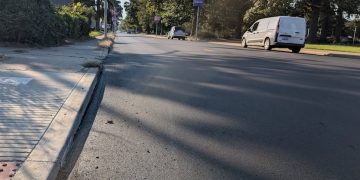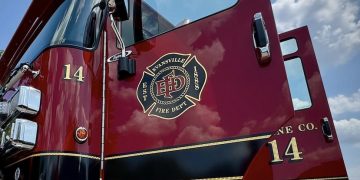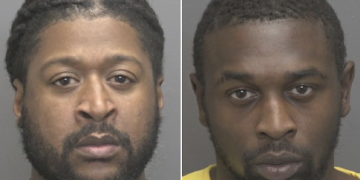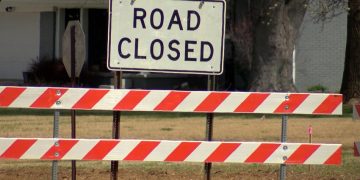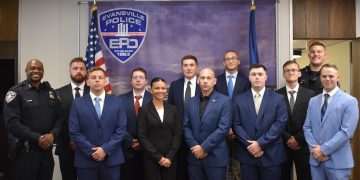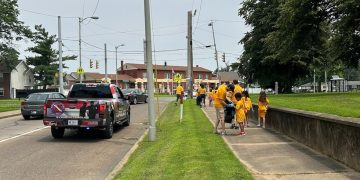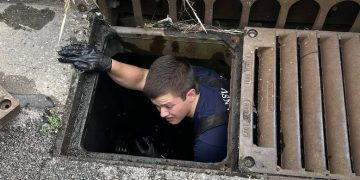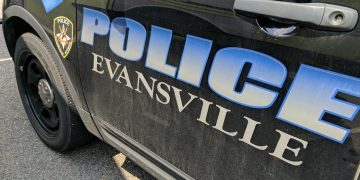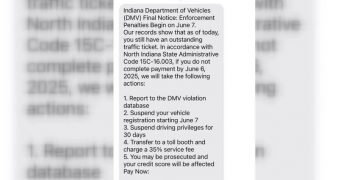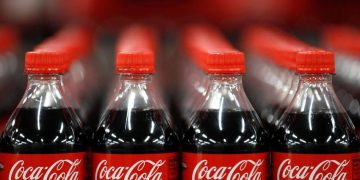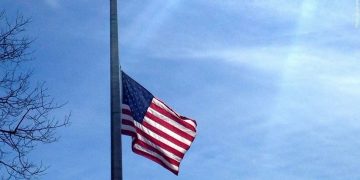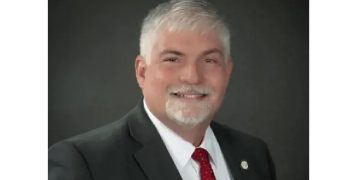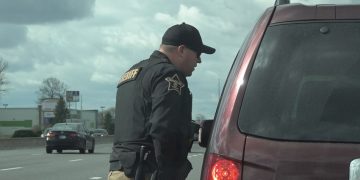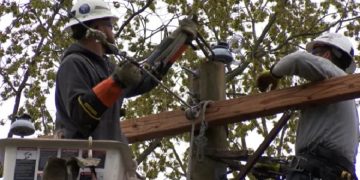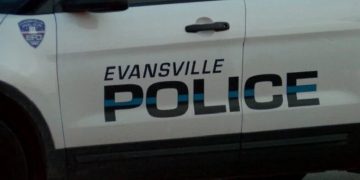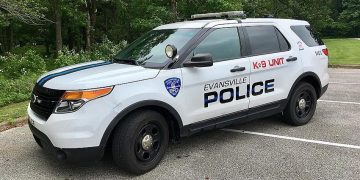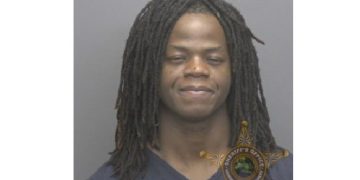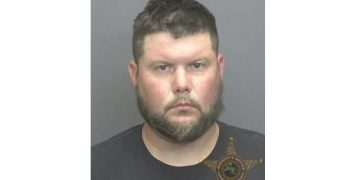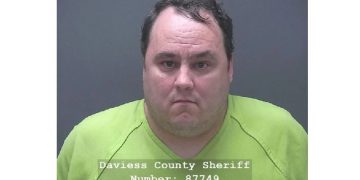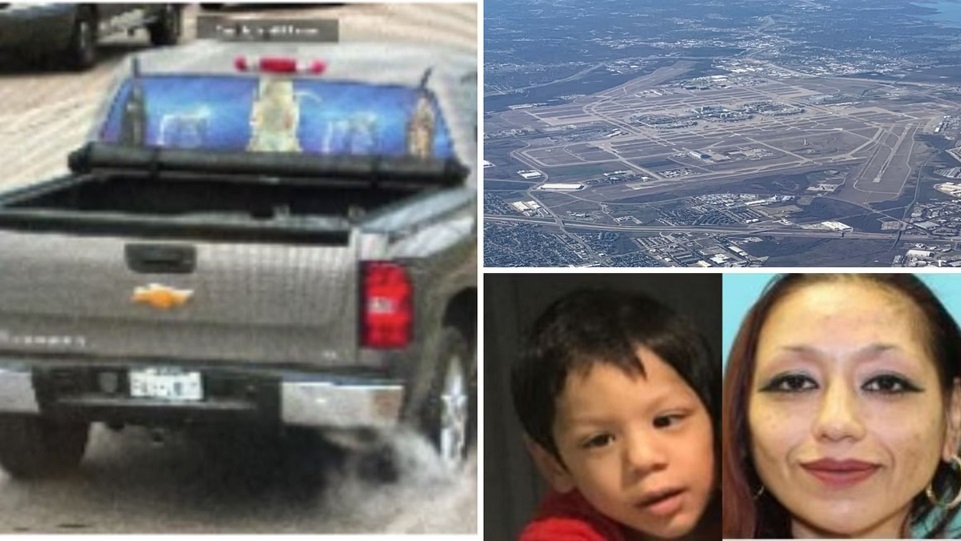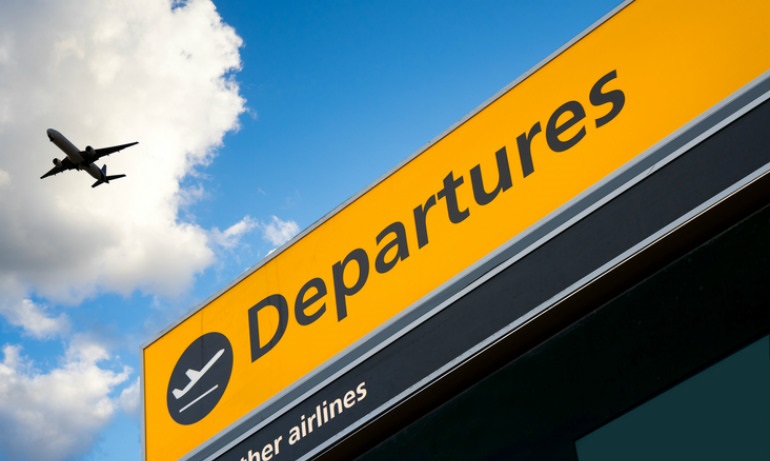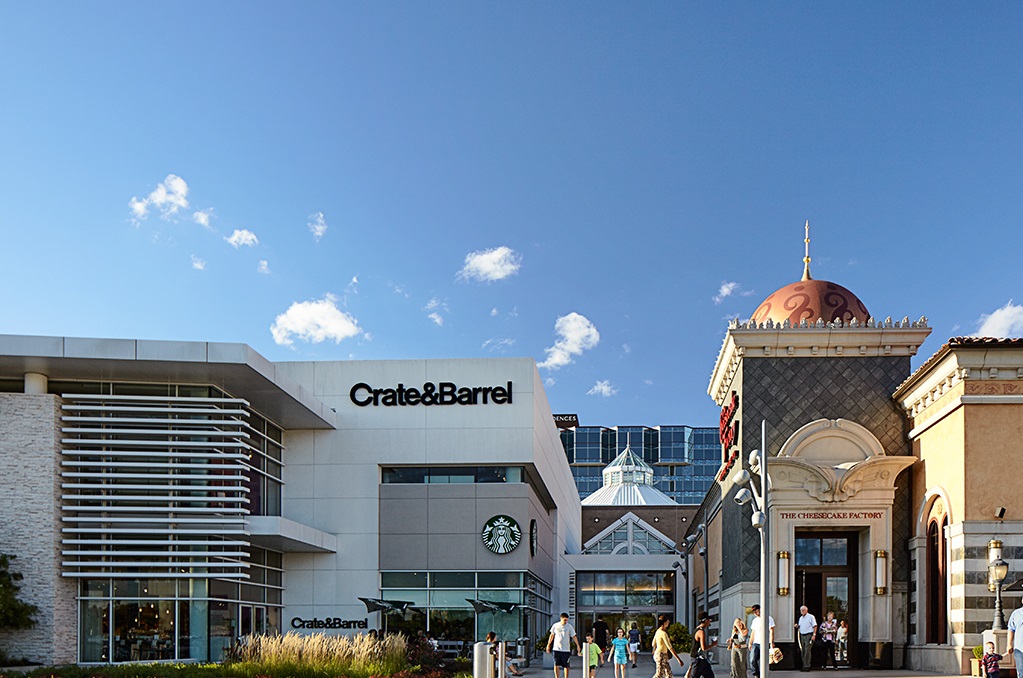Dwight Eaton believes his entrepreneurial spirit is part of his DNA, maybe even a genetic mutation.
That genetic imperative may have been what drove his great-grandmother Minnie to move her family from Arkansas to Tulsa in the early 1900s. Lured like many Black families by the discovery of oil and the abundance of land, she opened a grocery store. They set up shop less than a mile away from the Greenwood District, a thriving stretch of Black-owned businesses know nationally as “Black Wall Street.”
His grandfather, Joseph Eaton, whom Dwight remembers as a soft-spoken man who liked to chew on cigars, spent his early teenage years working in a factory and cutting hair on the side.
When a mob of white Tulsans burned Greenwood to the ground, injuring and killing hundreds of their Black neighbors in 1921, Joseph Eaton and many others stayed in Tulsa to rebuild.
More than 25 years later, Eaton raised the money to open his own barbershop, which would become a community hub for local civil rights leaders. His wife, Louise, was an activist and prolific writer.
“Contrary to popular to belief, Greenwood did rebuild after the massacre,” Dwight Eaton said. “It rebuilt to a certain degree of prominence maybe equal to or slightly more than what it was.”
This summer’s 100th anniversary of the Tulsa Massacre is a time for the nation to pause to remember the tragedy. But Tulsa’s leaders hope to use the centennial to celebrate and revive the “Black Wall Street mindset” that brought Black families like the Eatons to Oklahoma and helped them rebuild after the massacre.
“The overarching story as I tell it is that of the human spirit,” said Hannibal B. Johnson, a member of the 1921 Centennial Commission and author of “Black Wall Street 100: An American City Grapples with Its Historical Racial Trauma.”
“It’s important to highlight the character of these incredible people who against odds that are almost unimaginable to us today were able to realize their vision, fulfil their dreams.”
For Blacks facing political and social oppression in the Jim Crow South of the late 1800s, Oklahoma represented “a promised land,” according to Johnson. Black people who had been enslaved by Native Americans and brought with them to Oklahoma on the Trail of Tears, as well as their descendants, were given allotments of land by the federal government following the Civil War.
Dozens of all-Black towns were developed around Oklahoma and the discovery of oil brought O.W. Gurley, once one of the country’s wealthiest Black men, to Tulsa. Gurley started a number of businesses and bought land that he sold to other African Americans in what would become the Greenwood District in 1906, Johnson said.
The Greenwood District grew into an economic haven within the rigidly segregated city. It was home to an array of mom-and-pop operations and small businesses including grocery stores, restaurants, theaters, beauty salons and barbershops as well as professional service providers like doctors, lawyers and pharmacists.
“It was remarkable in terms of the concentration, the number of Black entrepreneurs,” Johnson said.
The Stradford Hotel (left), owned by J.B. Stradford (right), was considered the most luxurious Black-owned hotel in the county at the time, with game rooms, a salon, and a theater.PROVIDED BY STACIE GILLIAN
As Greenwood prospered, the country hit what Johnson called the “nadir of race relations.” Attacks on Black communities escalated during the Red Summer of 1919. Oklahoma enacted some of the same Jim Crow policies that many African Americans had faced in the South. Outside of Greenwood, Tulsa was a lawless city where lynchings took place and the Ku Klux Klan had a presence.
“Tulsa was a sort of tinder box waiting on something really to ignite those smoldering embers,” said Johnson. “Certainly a factor was jealousy of the Greenwood community.”
What set Tulsa on fire was the arrest of Dick Rowland, a Black teenager who was accused of assaulting 17-year-old white elevator operator Sarah Page on May 30.The next day, a group of white Tulsans gathered outside the jail where he was held and Black Tulsans arrived to prevent a lynching. Amid the standoff, shots were fired and at least a dozen people were killed.
What followed was a 16-hour rampage in which white Tulsans burned 35 city blocks and more than 1,200 residences and injured hundreds. Johnson said it’s almost impossible to know how much wealth was lost, but that conservative estimates put the damage at $25 million in today’s money.
A state commission reportreleased in 2001 confirmed at least 39 dead — 26 Black and 13 white. But experts say the death toll could be as high as 300; hundreds were injured.
Tulsa race massacre at 99: Unmarked mass grave found in search for victims, official says
The case against Rowland was dismissed later that year after Page stated she did not want to prosecute.
Nearly 100 years later, experts are attempting to find and identify victims buried in Tulsa. Forensic anthropologists found at least 10 bodies in an unmarked mass grave in October.
Rebuilding Tulsa and reviving the ‘Black Wall Street’ mindset
Black Tulsans were unable to receive any insurance money because the massacre was labeled a “riot.” Nevertheless, Greenwood was rebuilt within five years, said Phil Armstrong, project director for the 1921 Centennial Commission.
“You have Black citizens who had to carry the burden of what they did to us as a community,” said Armstrong. “Yet still have the courage and the strength to remain and rebuild … that can be an inspiration not just to Black citizens today but people all over the world.”
By the mid-1940s, 200 Black-owned and operated businesses had returned to the city, including the Eatons’, Johnson said.
Despite the reconstruction, the community struggled in part because of federally financed policies that demolished many homes and businesses in Tulsa that were labeled blighted, according to state Senator Kevin Matthews, who represents the district that includes Greenwood.
Large percentages of the Black population still live in North Tulsa, where 33.5% are living in poverty.
Tulsa leaders, including Matthews, Armstrong and Johnson are seeking to revive the spirit of Black Wall Street through the Centennial Commission.
Matthews hopes to use Greenwood Rising, a history center being built by the commission, to tell the stories of entrepreneurs like Gurley and J.B. Stratford, draw people to Tulsa and allow Black Tulsans to benefit economically from the influx of tourism. He’s also started entrepreneurship programs for Black youth to learn more about becoming business owners.
“The highest hope I have is that the mentality and the Greenwood spirit returns to Tulsa,” he said. “Our community and Black people again realize their strong ability to not only recover and be resilient but to be prosperous and create cooperative economics in a way that hasn’t happened since 1921.”
Today, the barbershop Dwight Eaton’s grandfather built has been preserved and his brother, Bobby Eaton Jr., runs a radio station out of the same building. Eaton opened a coffee shop, the Black Wall Street Liquid Lounge, in January 2020.
“We’re just taking that model of success that was in place from the 1900s … and using the same principles to attempt to recreate the district,” he said. “There’s hope, but there’s a lot of work to be done.”















